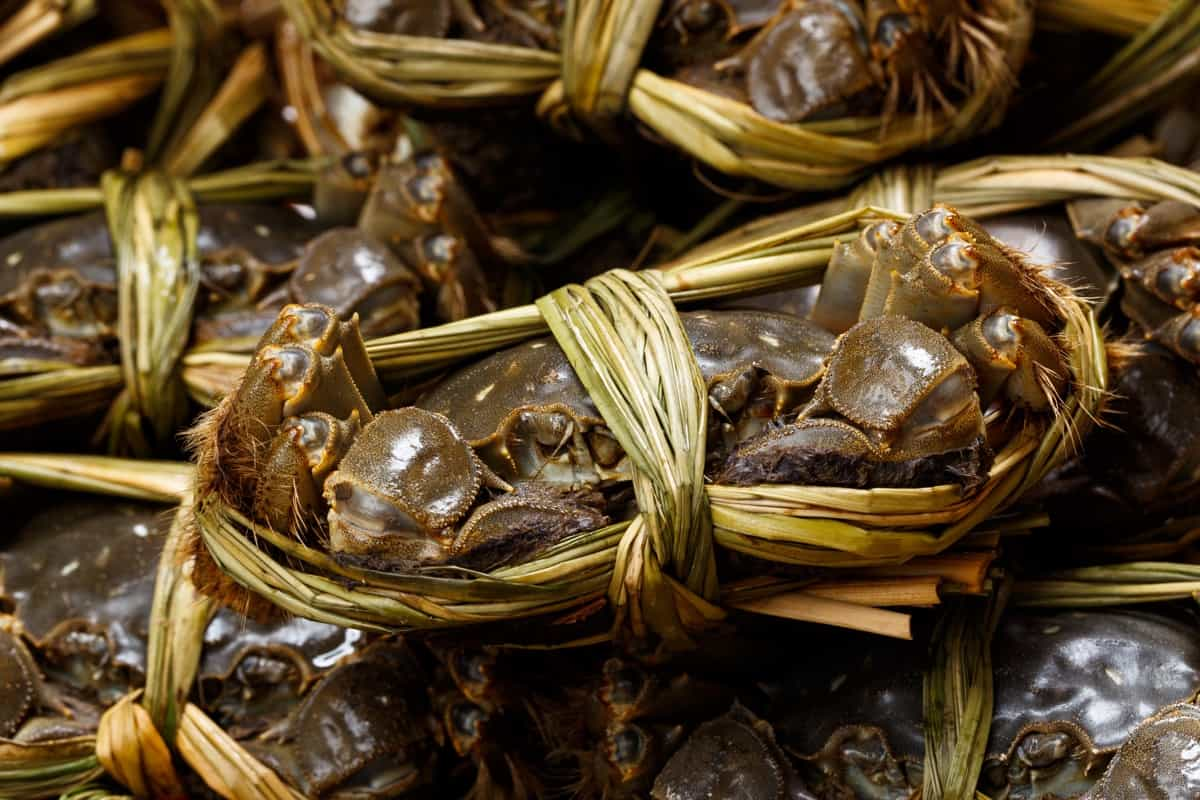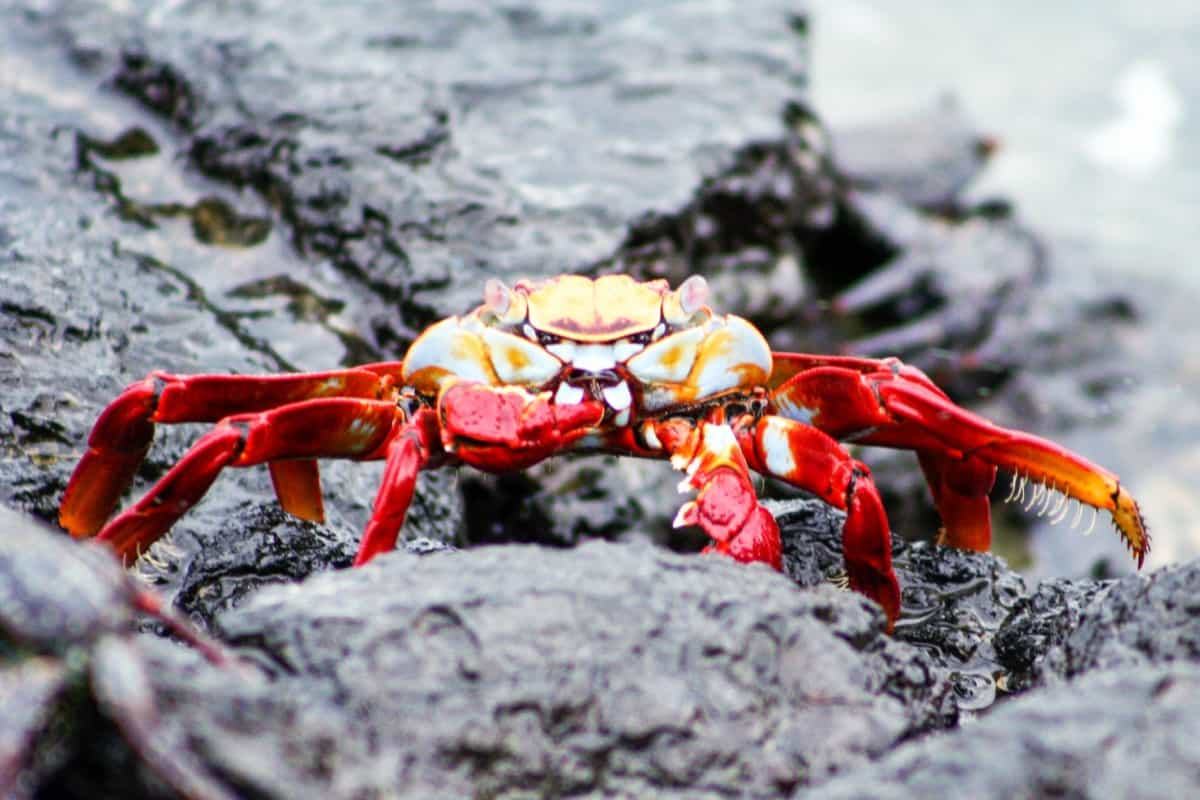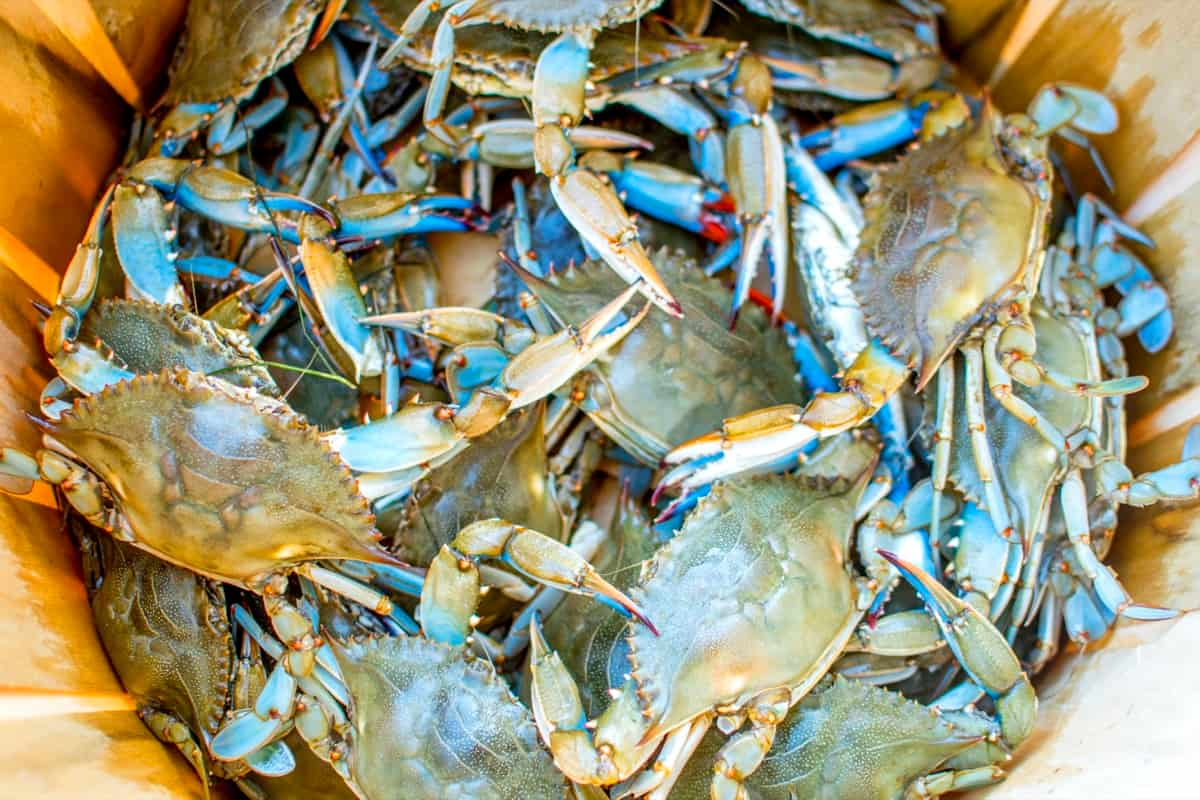Starting your crab farm can be a rewarding and profitable venture. However, it requires knowledge and skill in crab farming techniques and a significant investment in time and money. The information in this article will assist you in establishing your own successful crab farm.

A Step-By-Step Guide to Starting Your Own Crab Farm
Research and Learn
Before starting your crab farming business, you must research and learn about the industry. Visit local farms, attend seminars and workshops, read industry publications, and network with other crab farmers.
Choose a Site
The site is a critical factor in the success of your crab farm. You must choose a site near a water source, has a suitable environment for crab farming, and has easy access to transportation. A flat, well-drained area near the water with good-quality soil is ideal for a crab farm.
Develop a Business Plan
A business plan, including a crab farming business, is essential. A good business plan will help you determine your goals, target market, competition, financial projections, and marketing strategies. It will also help you secure funding from investors or banks.
Build a Pond
Building a pond is the most crucial step in starting a crab farm. The pond should be large enough to accommodate the number of crabs you plan to farm. You need to excavate the pond and install a liner to prevent water from seeping into the soil. You must also install an inlet and outlet system to regulate water flow and maintain water quality.
Stock the Pond
Once the pond is ready, you need to stock it with juvenile crabs. You can buy them from a hatchery or a crab farm. The number of crabs you stock depends on the size of your pond and your production goals. It’s important to keep track of when and where crabs were supplied and how many were stocked.
In case you missed it: A Step-By-Step Guide to Starting Your Own Fish Farm

Feed the Crabs
Feeding them is critical for their growth and development. You must provide them with a balanced diet containing protein, vitamins, and minerals. You can feed them with commercial crab feed or natural foods such as fish, shrimp, and squid. It is also essential to monitor their feeding behavior and adjust their diet accordingly.
Maintain Water Quality
Maintaining water quality is crucial for the health and growth of your crabs. You need to regularly monitor the water’s temperature, pH, and oxygen levels. You must also remove excess waste and dead crabs to prevent water contamination.
Harvest the Crabs
Harvesting the crabs is the final step in crab farming. You can harvest them using traps or by draining the pond. You must sort the crabs by size and gender and package them for sale. Recording the crabs’ weight, date of harvest, and the total catch is crucial.
In case you missed it: Poultry Egg Farming Business Plan: A Step-by-Step Guide

This method allows easy monitoring and maintenance of the crabs and their environment. Vertical crab farming has the potential to increase the supply of crabs, reduce pressure on wild crab populations, and provide a sustainable source of income for farmers.
What are Bluae Crab and Dungeness Crab?
Blue crab and Dungeness crab are two crabs popularly consumed in North America. Blue crabs are commonly found in the Atlantic Ocean and the Gulf of Mexico. They are named for their blue-green coloring and are a popular seafood delicacy in the United States, particularly in the Chesapeake Bay area. Blue crabs are small, typically only reaching up to 9 inches in length, and are known for their sweet, tender meat.
They are also versatile in the kitchen and can be used in various dishes, from soups and stews to crab cakes and sandwiches. Dungeness crabs are commonly found in the Pacific Ocean, particularly along California, Oregon, and Washington coasts. They are named after the town of Dungeness in Washington state and are known for their large, meaty claws and sweet, delicate flavor.
Dungeness crabs are a popular seafood item in the western United States and are typically boiled or steamed and served with melted butter and lemon. They can also be used in various dishes, from crab bisque and pasta dishes to crab cakes and sushi rolls. Dungeness crabs are larger than blue crabs, typically reaching up to 10 inches in length, and are prized for their delicious, meaty flesh.
Conclusion
In conclusion, starting your own crab farm requires knowledge, skill, and a significant investment in time and money. Follow the steps outlined above, and you will be on your way to a successful crab farming business.
- Feed Your Flock for Less: Top 10 Tips to Save on Chicken Feed
- Ultimate Guide to Ossabaw Island Hog: Breeding, Raising, Diet, and Care
- Hatching Answers: The Top 10 Reasons Your Chickens Aren’t Laying Eggs
- Eggs and Economics: Breaking Down the Cost of Raising Backyard Chickens
- Defend Your Greens: Proven Methods to Keep Iguanas Out of Your Garden
- Ultimate Guide to Cinnamon Queen Chicken: A Comprehensive Guide for Beginners
- Ultimate Guide to California Tan Chicken: Breeding, Raising, Diet, Egg-Production and Care
- Ultimate Guide to Marsh Daisy Chicken: Breeding, Raising, Diet, and Care
- 10 Types of Chicken Farming Businesses You Can Start for Profits